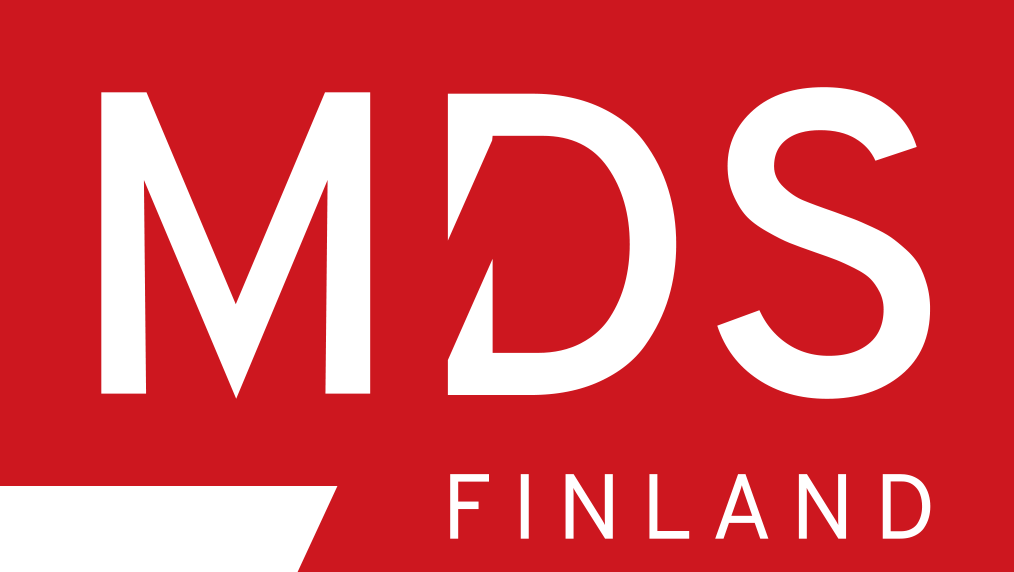Germany is one of Europe’s largest healthcare markets, but successfully bringing a medical device to German patients requires more than MDR certification. To be competitive, manufacturers must also consider reimbursement pathways early in their market strategy. Without reimbursement, devices risk limited adoption—even if they are safe, effective, and CE-marked.
In this post, we’ll explore the structure of reimbursement in Germany, the role of statutory and private insurance, and what evidence regulators require.
The German Insurance Landscape: GKV vs. PKV
-
Statutory Health Insurance (GKV): Covers the majority of German patients. Reimbursement under GKV follows strict rules and requires inclusion on official lists maintained by the Federal Joint Committee (G-BA).
-
Private Health Insurance (PKV): Covers a smaller portion of patients but often allows broader coverage depending on the policy. PKV reimbursement can be more flexible, but still requires robust documentation and justification.
In-Hospital vs. Outpatient Reimbursement
-
Hospital Setting (Stationär): Many devices used in hospitals are reimbursed indirectly through the Diagnosis-Related Groups (DRG) system, where the device cost is bundled into a case-based payment.
-
Outpatient Setting (Ambulant): Devices may need to be separately approved by the G-BA before reimbursement is possible. This is governed by the principle of Erlaubnisvorbehalt: if a device or method is not explicitly approved, it cannot be reimbursed.
The Role of the G-BA
The Gemeinsamer Bundesausschuss (G-BA) is the central decision-making body for statutory insurance. It decides which treatment methods and devices are included in the reimbursement lists for outpatient use. Approval typically requires demonstrating:
-
Clinical benefit
-
Safety and performance
-
In some cases, cost-effectiveness
Without G-BA approval, devices cannot be billed under statutory insurance in outpatient care.
Evidence Requirements and Regulatory Prerequisites
Reimbursement is not granted based solely on CE marking. Manufacturers often need to provide:
-
Evidence of clinical benefit through trials, literature, or real-world data
-
Documentation of safety and performance in line with MDR
-
In some cases, economic evaluations to demonstrate cost-effectiveness
Devices must also meet all regulatory requirements, including CE marking under MDR and, for some products, registration in national databases or notifications to authorities.
Why Reimbursement Strategy Matters
A device without reimbursement may face significant barriers to adoption, even if technically approved for sale. Building reimbursement considerations into your development and market entry strategy can:
-
Accelerate market access
-
Reduce uncertainty and delays in negotiations with payers
-
Increase competitiveness by ensuring affordability and coverage for patients
Wrapping Up: Reimbursement as a Strategic Enabler
In Germany, reimbursement is not just a financial process—it is a regulatory and strategic gateway to patient access. From understanding GKV requirements to navigating DRG systems and outpatient approvals, manufacturers need a clear strategy backed by strong evidence.
At MDS, we support companies in preparing the documentation, evidence, and strategies needed to make devices not only approved, but reimbursable. With the right approach, reimbursement becomes a competitive advantage, ensuring that patients and providers can fully benefit from innovation.
📧 To learn more about how our services can support your market entry strategies, contact us at sales@mdsfinland.com or schedule a consultation via Book a Meeting.
